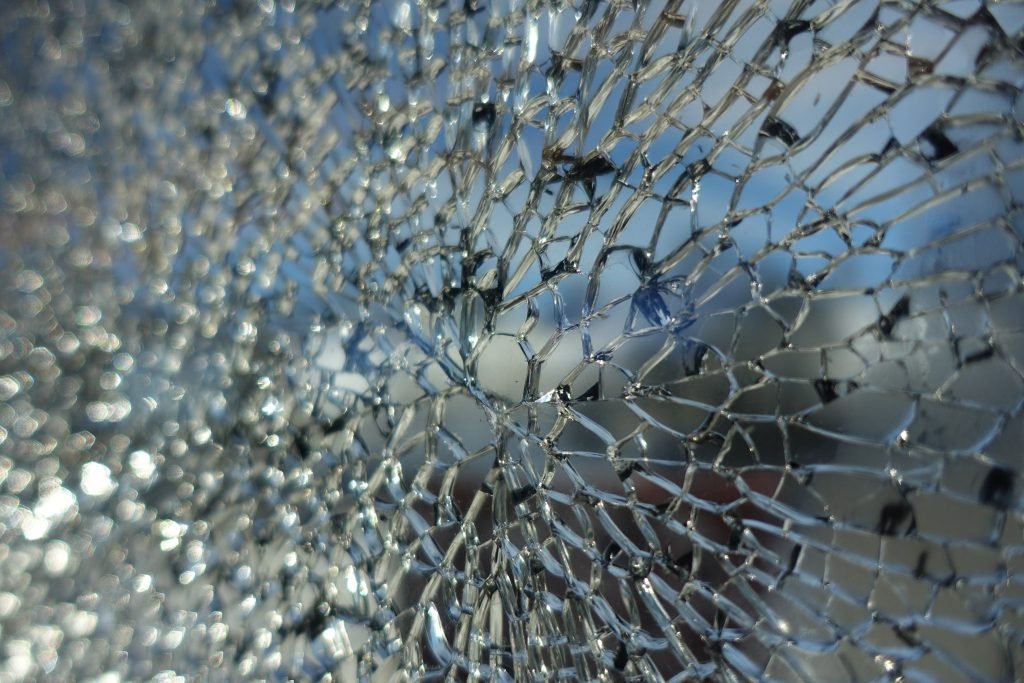
PHOTO: FLUID.GLASS
We understand that not everyone is a glass enthusiast and sometimes different glass options might be a bit confusing – how do you know which one to choose? Terms like “toughened glass,” “tempered glass,” and “laminated glass” get thrown around, but what exactly do they mean, and which one do you need? Fear not, this blog is here to break it all down for you.
Toughened vs. Tempered Glass
These terms are actually interchangeable! “Toughened glass” is a common term used in some regions, particularly the UK, while “tempered glass” is the more widely used term globally. Both refer to the same process: heating regular glass (known as annealed glass) to a very high temperature and then rapidly cooling it. This creates internal stress that makes the glass much stronger than regular glass.
Here’s what makes toughened/tempered glass so great:
Safety first: When tempered glass breaks, it shatters into small, blunt fragments instead of large, dangerous shards. This significantly reduces the risk of injury.
Heat resistance: Tempered glass can withstand higher temperatures than regular glass, making it suitable for applications like oven doors or glass panels near fireplaces.
However, there’s a trade-off; once broken, there’s no going back – tempered glass cannot be repaired if it breaks. The internal stress that makes it strong also makes it prone to shattering completely upon impact.
Laminated glass: the sandwich hero
Laminated glass is a completely different beast. It’s made by bonding two or more layers of glass together with a clear plastic interlayer, typically made of polyvinyl butyral (PVB). This creates a super strong and versatile material.
Here’s why laminated glass stands out:
Shatterproof (almost): When laminated glass is struck, the PVB interlayer holds the glass fragments in place, preventing them from scattering. This makes it ideal for applications where safety is paramount, like glass railings or skylights.
Security champ: The bonded layers make laminated glass more resistant to forced entry attempts compared to regular or tempered glass.
Noise reduction: The PVB interlayer can help dampen sound, making laminated glass a good choice for noisy environments.
Here are some things to keep in mind:
Thickness matters: The thickness of the PVB interlayer and the number of glass layers determine the level of security and soundproofing offered by laminated glass.
Weighty considerations: Laminated glass is heavier than tempered glass due to the added layers, so it might require stronger support structures.
So, which glass should you choose?
The best choice depends on your specific needs:
For safety and heat resistance in doors, windows, or shower enclosures, tempered glass is a great option.
If preventing complete shattering and maximizing safety is crucial (like in railings or skylights), laminated glass is the way to go.
For added security or noise reduction, laminated glass offers superior protection.
Now you’re equipped to navigate the world of glass with confidence! Remember, if you’re still unsure about which type of glass is best for your needs, consulting a professional is always a wise move. That’s why we’re here to help, contact us to learn more.



